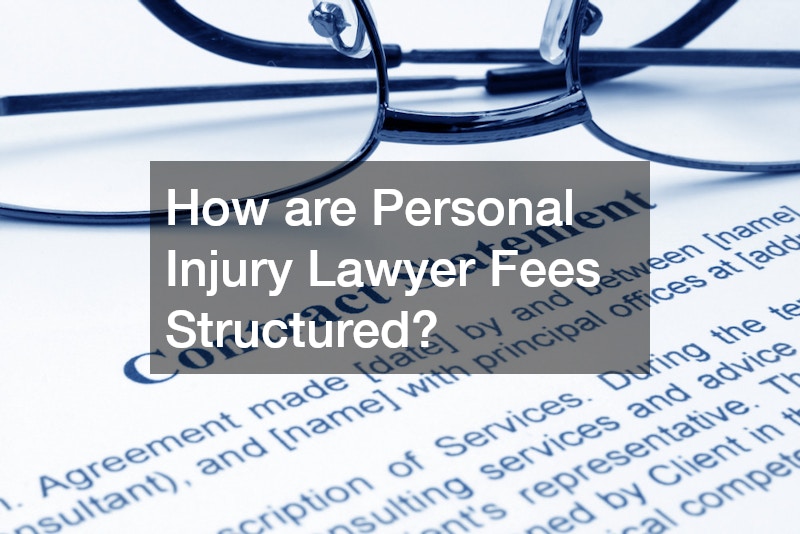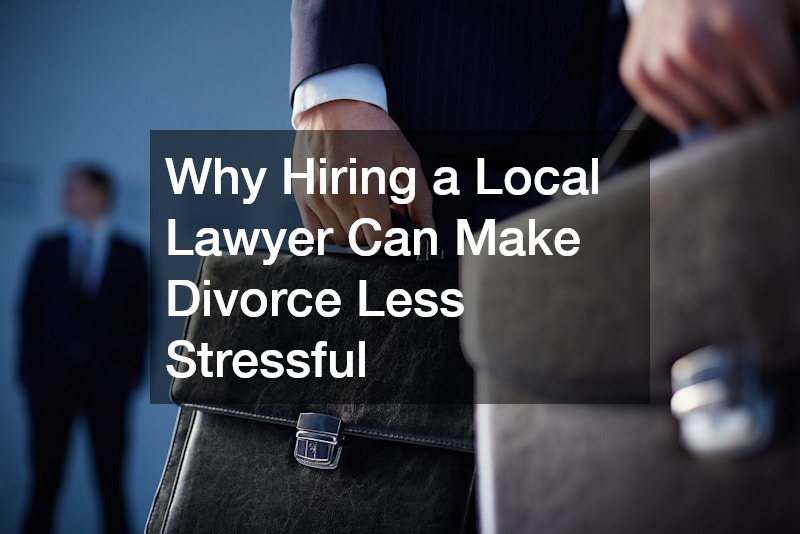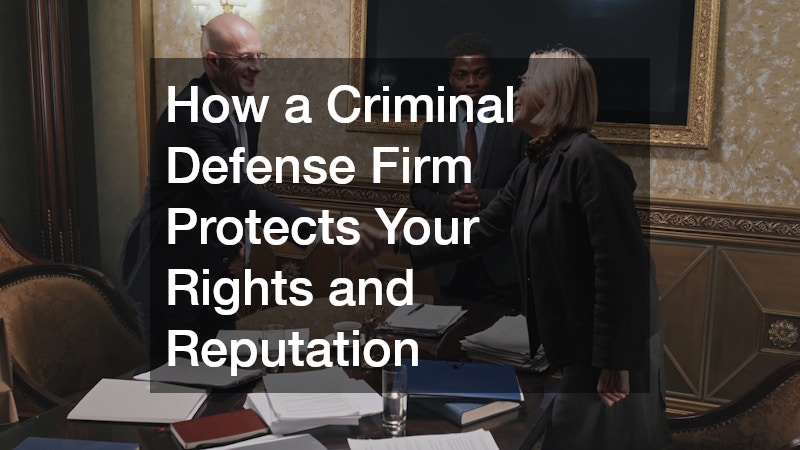
Understanding the personal injury lawyer process can be daunting. This article seeks to demystify the process and provide clear insights into how personal injury claims work, what to expect when dealing with a personal injury lawyer, and how to optimize your legal journey. Below, we tackle some of the most frequently asked questions regarding this legal pathway.
How to Choose the Right Personal Injury Lawyer?
Choosing the right personal injury lawyer begins with thorough research and verification of their credentials. A lawyer’s background, education, and professional memberships can significantly impact their ability to handle your case effectively. Ensuring your lawyer is in good standing with their bar association is critical for successful legal representation.
Your research should also encompass reading reviews and testimonials from past clients. This will provide insight into the lawyer’s work ethos and success rates in handling personal injury cases. Additionally, verify if the lawyer has faced any disciplinary actions, which can be a red flag for potential issues.
Finally, don’t hesitate to ask for references from the lawyer’s previous clients. This step allows you to gauge firsthand experiences and satisfaction levels from others in similar situations. An informed decision can lead to more satisfaction and trust in your legal journey.
A lawyer’s experience in personal injury law greatly influences the likelihood of a successful outcome. Specialized lawyers who solely or primarily focus on personal injury cases tend to have deeper insights into the nuances of this legal area. They often bring knowledgeable strategies and have established networks of professionals to support your case.
Evaluate how many similar cases the lawyer has handled and their success rate in obtaining favorable settlements or verdicts. Lawyers experienced in personal injury claims understand the tactics used by insurance companies and can better negotiate on your behalf. Remember, specialization and track record add value to their legal practice.
What to Expect During the Legal Process?
The initial case evaluation is a critical stage where the lawyer assesses the details and potential of your personal injury claim. This process typically involves reviewing medical records, accident reports, and any related documentation. It’s an essential step for identifying the strengths and weaknesses of the case.
During this evaluation, the lawyer may consult with experts to corroborate key elements of your claim. Their findings will shape the legal strategy and influence the next steps, such as initiating settlement discussions. An optimized evaluation sets the groundwork for successful case management.
This phase also helps in setting realistic expectations regarding potential outcomes and timelines. A comprehensive evaluation empowers you with a clearer understanding of your case’s viability and prepares you for what lies ahead. Armed with this information, you and your lawyer can collaboratively decide on the best course of action.
Negotiations are often a pivotal part of the personal injury process, where lawyers aim to settle without proceeding to trial. Settlements offer a quicker, less adversarial resolution and can provide a fair compensation for your injuries. Lawyers employ various strategies to negotiate effectively with insurance companies.
During negotiations, your lawyer will present a detailed case supported by evidence to establish liability and the extent of damages. The goal is to achieve a compensation that accurately reflects your medical expenses, lost wages, and emotional distress. Settling can save time, reduce legal costs, and provide more certainty compared to a trial.
How are Personal Injury Lawyer Fees Structured?
Contingency fees are a common structure in personal injury cases, where the lawyer’s payment is contingent upon winning the case. This arrangement motivates lawyers to secure the best possible outcome for their clients, as their compensation depends on the settlement amount or verdict. Typically, contingency fees range from 25% to 40% of the awarded compensation.
By opting for a contingency fee structure, clients reduce their upfront financial burden, allowing more access to legal representation without immediate costs. This creates an incentive alignment where both the client and the lawyer aim for a swift and favorable resolution. However, clients need to understand the specific terms outlined in the agreement to avoid confusion.
Clients should be clear on what the percentage includes, whether it accounts for court costs, and if additional fees are required. Transparency reduces misunderstandings and ensures everyone is aligned on what to expect financially. Engaging in thorough discussions about the fee structure ensures a smooth interaction throughout the case.
Retainer agreements lay out the financial expectations between a lawyer and their client. These agreements specify initial deposits to secure the lawyer’s services and define how fees will be charged throughout the case. They play a vital role in setting transparent financial boundaries and obligations from the outset.
The personal injury lawyer process can be complex, but with the right knowledge and support, you can navigate it effectively. By choosing the right lawyer, understanding what to expect, and being aware of fee structures, you’re better equipped to manage your case and seek justice. Always remember, thorough research and open communication with your lawyer are crucial for a successful outcome.




